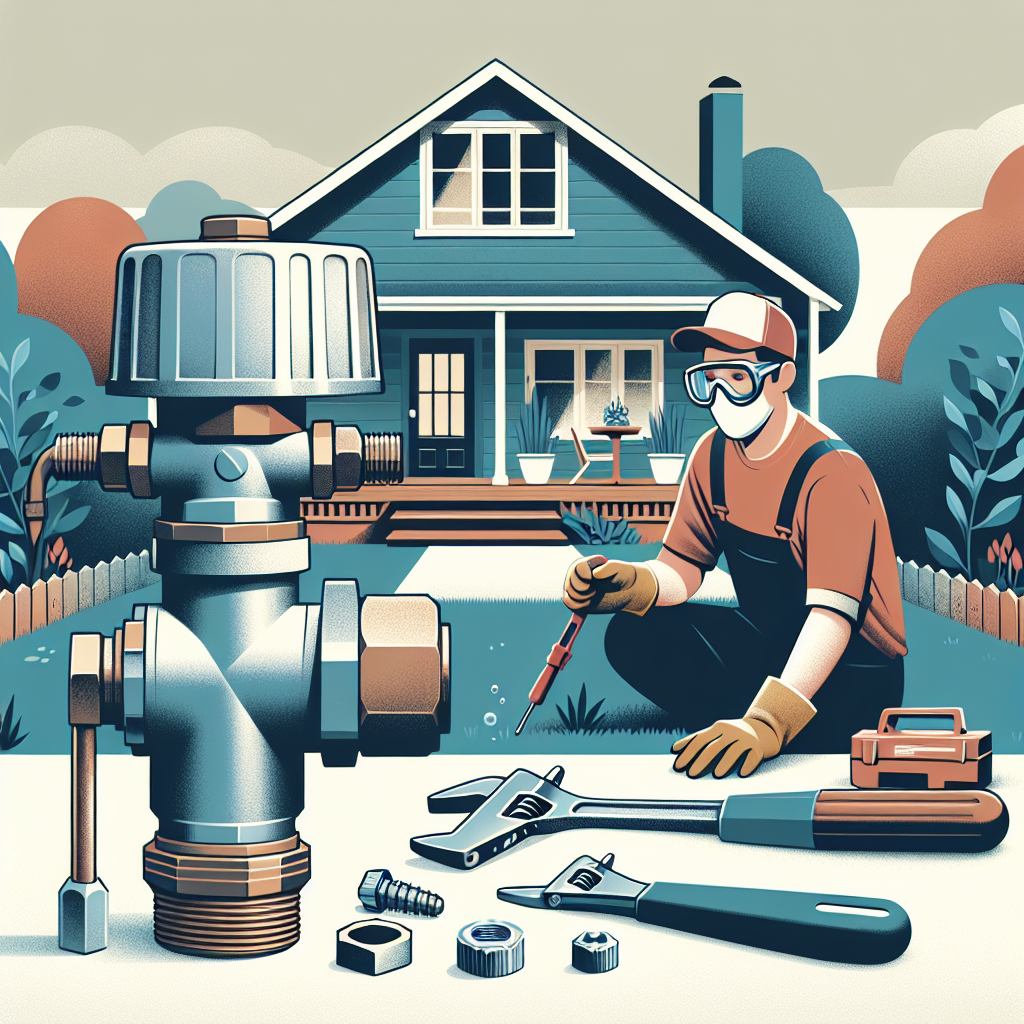When it comes to maintaining a safe and functional plumbing system in your home, few components are as crucial as a backflow preventer. Although many homeowners might not think about it on a daily basis, understanding the basics of this device and performing simple DIY maintenance can save you from costly repairs and health hazards in the long run. In this article, we’ll cover essential backflow preventer basics, the importance of maintaining it, and some straightforward steps you can take to ensure it runs smoothly.
What is a Backflow Preventer?
A backflow preventer is a critical device designed to protect your drinking water supply from contamination. It acts as a one-way valve that stops water from flowing backward into the pipes, which can happen due to changes in water pressure. By keeping unwanted substances from mixing with your potable water, this device plays a vital role in preserving your health and safety.
Why is Backflow Prevention Important?
-
Protects Against Contamination: Contaminated water can pose serious health risks, leading to illnesses and diseases. Backflow preventers shield your water supply from toxic materials that could seep in from irrigation systems, industrial processes, or other sources.
-
Compliance with Local Regulations: Many municipalities require backflow prevention devices as part of their plumbing codes. Ensuring your system is up to standard can help avoid fines and other penalties.
- Cost Savings: Preventing contamination can save you from future plumbing repairs and expensive clean-ups. It’s much more cost-effective to maintain a backflow preventer than to deal with the aftermath of a contamination incident.
Simple DIY Maintenance Steps Every Homeowner Can Take
Maintaining your backflow preventer doesn’t have to be an overwhelming task. Here are some manageable DIY steps that can help ensure your device remains in excellent condition.
1. Regular Visual Inspections
Take a moment every few months to conduct a visual inspection of your backflow preventer. Look for any signs of leaks, corrosion, or damage. Early detection of issues can save you from costly repairs down the line.
2. Check for Freeze Damage
Backflow preventers can be vulnerable to freezing during colder months. If you live in an area with harsh winters, ensure that your device is insulated or drained to protect against burst pipes. You can wrap it in insulation or use heat tape specifically designed for plumbing applications.
3. Flush the System
Flushing the backflow preventer periodically can help clear any debris or sediment that could impede its function. To do this, turn off any water supply to the device, then open the test ports and allow any water to drain out. Make sure to follow any specific instructions provided by the manufacturer.
4. Clean the Strainer
Many backflow preventers come equipped with a strainer that collects debris. Cleaning this component is crucial for optimal operation. Remove the strainer and rinse it under clean water to ensure it’s free from blockages. Allow it to dry completely before reinstallation.
5. Check for Valve Functionality
The valves in your backflow preventer are essential for its performance. Test the valves to make sure they are moving freely and not stuck in place. A simple push or twist can often free a stuck valve. If it doesn’t spring back to its original position, it might be time to consult a professional.
6. Know When to Call in a Professional
While DIY maintenance is often adequate for basic tasks, some situations warrant a professional’s touch. If you encounter persistent leaks, unusual noises, or complex installations, don’t hesitate to contact a licensed plumber. Their expertise can provide you with peace of mind and ensure everything is functioning as it should.
Conclusion
Understanding the fundamentals of your backflow preventer and engaging in routine maintenance is vital for every homeowner. By investing just a little time and effort into these simple DIY steps, you can ensure that your backflow preventer remains in top condition, safeguarding your home’s water supply from potential contamination. Not only will regular maintenance help protect your family’s health, but it will also save you money in the long run and keep your plumbing system running efficiently. Stay proactive, and don’t hesitate to reach out for professional assistance when necessary—your home deserves it!


